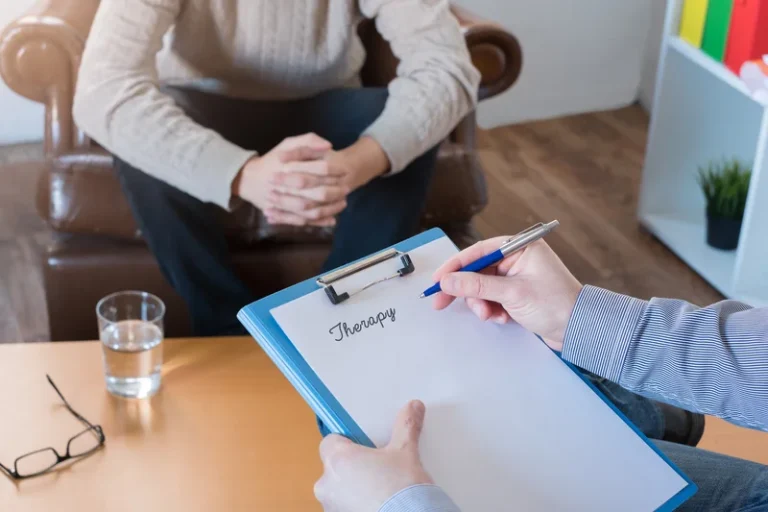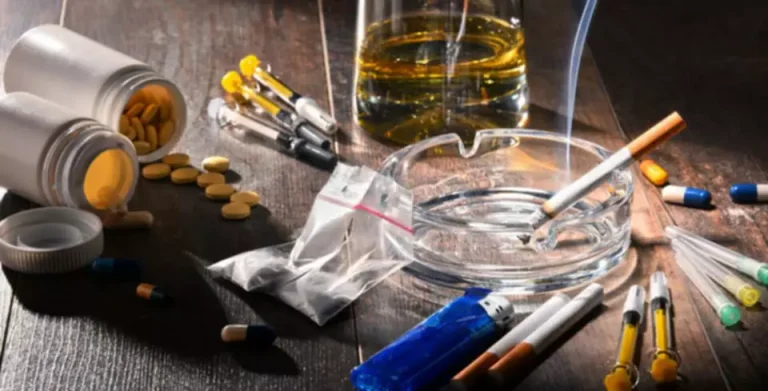Sexting Apps: 10 Greatest Sexting Apps For Secure And Sexy Messaging
May 20, 2024Joingy: Random Video Chat Roulette Stranger Cam Chat
May 21, 2024
Narcotic pain medicine may be habit-forming, even at regular doses. Never share Vicodin with another person, especially someone with a history of drug abuse or addiction. The drug is the active ingredient in many popular opioid brands, including Lortab, Lorcet and Vicodin. It is often combined with acetaminophen in medications prescribed to relieve moderate to severe pain. But it is possible to recover from hydrocodone addiction with proper treatment. Rehab treatment can help people overcome withdrawal symptoms and learn techniques to avoid relapse during recovery.
From Mayo Clinic to your inbox
For toxicity monitoring, obtain serial liver function tests in patients with severe hepatic disease. Also, monitor serial renal function in elderly patients and patients with severe renal disease. Serious breathing problems may be more likely in older vicodin addiction adults and in those who are debilitated or have wasting syndrome or chronic breathing disorders. Anyone can buy naloxone from a pharmacy or local health department. Make sure any person caring for you knows where you keep naloxone and how to use it.
Causes of hydrocodone addiction
Your healthcare professional works with you to create an opioid taper schedule that meets your medical needs while keeping risks to your health low. In 2011, up to 131 million Americans were prescribed Vicodin, often in unnecessary strength and quantity. In 2014, lawmakers recognized the increasing danger of hydrocodone combination products and changed https://ecosoberhouse.com/ them from Schedule III to Schedule II controlled substances. Previous formulations included 500 mg to 750 mg of acetaminophen per pill. If you or a loved one is struggling with drug addiction, speak with a medical professional about your treatment options. If you’re experiencing withdrawal symptoms, a medical detox can help you manage these symptoms.
Connect with NIMH
- Some people who abuse hydrocodone do not become addicted, while others can develop an addiction rapidly.
- The opioid antagonist Narcan (naloxone) can block the effects of opioids and reverse an overdose.
- Never share Vicodin with another person, especially someone with a history of drug abuse or addiction.
- Ask your healthcare team if you’re not sure when you can stop your opioid medicine.
- Opioids interfere with pain signals heading to the brain to change your perception of pain as well as your emotional reaction to it.
- If you have a family member who has experienced addiction, you are more likely to experience it, too.
It is a prescription tablet of hydrocodone and acetaminophen (the active ingredient in Tylenol). The hydrocodone in Vicodin is a synthetic opioid, which activates the same neurotransmitters as opiate drugs such as heroin. Hydrocodone addiction can cause serious physical and mental withdrawal symptoms. Medically assisted detoxification can help you safely and comfortably detox from the substance. Detox programs use medications for a period of five to seven days while your body withdraws from hydrocodone dependence. Hydrocodone is a DEA Schedule II controlled substance, and it has a potential for abuse, misuse, and use disorder.
- Anyone can buy naloxone from a pharmacy or local health department.
- Your doctor may recommend keeping it on hand if you are at risk of a Vicodin overdose.
- Hydrocodone can be a safe and effective way to treat severe pain, but it can be addictive.
- When the body is unable to process all of the opioids in its system, breathing and heart rates can plummet.
- Addiction and frequency of use also affect how long hydrocodone stays in your system.
- Tapering over time can help lessen withdrawal symptoms or keep you from having them.
Hydrocodone Addiction: Signs, Symptoms, and Treatment
These side effects may go away during treatment as your body adjusts to the medicine. Also, your health care professional may be able to tell you about ways to prevent or reduce some of these side effects. Continued abuse of hydrocodone can cause short and long-term damage to the user’s body and mental health. Rehab treatment also uses behavioral treatments to help people overcome hydrocodone addiction.

Risk Factors for Hydrocodone Overdose
It takes longer for the drug to be cleared from the bodies of people who are addicted to the prescription opioid. If you or a loved one is struggling with hydrocodone misuse, it may be time to seek help. Looking for treatment can feel overwhelming, but the compassionate admissions navigators at American Addiction Centers (AAC) are here to help. Vicodin relaxes users and triggers a euphoric high in larger doses. Using Vicodin in any way that doesn’t match your doctor’s prescription is considered substance abuse.

Substance Use and Co-Occurring Mental Disorders
